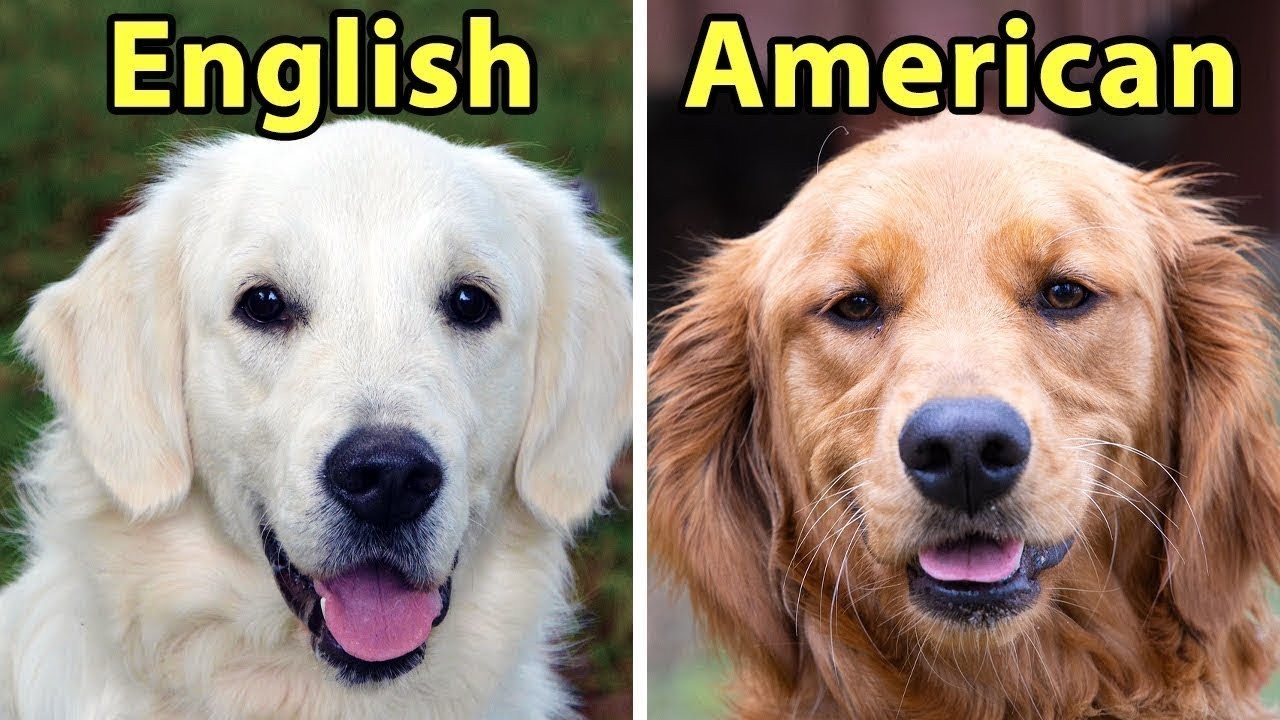
The Golden Retriever, one of the most beloved dog breeds worldwide, has evolved into two distinct varieties - the American and English Golden Retrievers. While both descend from the original Scottish breeding program of Lord Tweedmouth in the 1800s, selective breeding practices in the United States and United Kingdom have led to notable differences between these varieties. Though technically the same breed, they exhibit variations in physical characteristics, temperament, and health outcomes. This report examines the key distinctions between American and English Golden Retrievers to help potential owners make informed decisions about which variety may better suit their lifestyle and preferences.
Socialization and Training Differences
Early Development Patterns
The English golden retriever has a more laid back temperament, which impacts early socialization. While both varieties need puppy training, English goldens tend to mature faster mentally and show more composed behavior during initial training phases. American golden retrievers, being naturally more energetic, require additional focus on impulse control and calming exercises during early development stages.
Activity Requirements and Mental Stimulation
The American golden retriever needs an abundance of exercise compared to their English counterparts. While English goldens thrive with moderate daily activity, American goldens require more intensive physical outlets and mental enrichment to prevent destructive behaviors. Training sessions for American goldens should incorporate higher energy activities, while English goldens can focus better with calmer training approaches. This difference in energy levels means American golden owners need to dedicate more time to providing adequate exercise and stimulation, while English golden owners can maintain a more relaxed activity schedule while still meeting their dog's needs.
Overview and Physical Differences
Breed Recognition Standards
While both varieties are officially classified as Golden Retrievers, they follow different breeding standards. The British Kennel Club recognized the breed in 1911, while the American Kennel Club followed in 1934. These distinct standards have led to the development of unique characteristics in each variety. The English Cream is simply called "Golden Retriever" throughout Europe, while the term "English Cream" was coined in the United States to differentiate it from the American variety.
Structural Distinctions
The breeds show notable differences in their build and features. English Goldens have bigger, more balanced heads and stockier bodies, while American Goldens appear lankier with slightly smaller heads. English Goldens have a more level topline with straighter legs, whereas American Goldens typically display a slightly sloping topline. The English variety has a powerful, wide muzzle with strong jaws, while American Goldens have smaller, more conical-shaped muzzles. In terms of facial features, American Goldens have wider-set eyes compared to English Goldens, and their ears are positioned higher above eye level, while English Goldens' ears align with their eyes.
Health and Temperament Differences
Health Disparities and Longevity
English golden retrievers demonstrate notably better health outcomes compared to American goldens. Studies show English goldens have a significantly lower cancer rate at 38-40% versus 60-68% in American goldens. This substantial difference in cancer susceptibility contributes to English goldens living approximately 12-15 years compared to 9-10 years for American goldens. Both varieties can develop common breed issues like hip dysplasia, eye problems, and heart disease, making health screening critical regardless of type.
Behavioral Distinctions
While both varieties share core friendly traits, English goldens typically display more composed and mature behaviors compared to their American counterparts. American goldens exhibit higher energy levels and may show more stubbornness, particularly in their first two years. This can manifest as increased boisterousness before training. English goldens tend toward calmer dispositions and show greater initial trainability due to their more settled nature. However, both types maintain strong loyalty, intelligence, and eagerness to please their owners. These behavioral differences primarily affect early training approaches rather than long-term temperament outcomes.
Appearance and Grooming Requirements
Coat Color and Texture Variations
The American golden retriever displays rich golden to copper tones, while English goldens feature cream to light gold coloring. American goldens have thicker, longer coats with moderate feathering, whereas English goldens possess shorter, wavier coats with more pronounced feathering around the ears and body. Both varieties have water-resistant double coats, though the texture differs slightly between types.
Maintenance Needs
While both types require regular grooming, their distinct coat characteristics affect maintenance approaches. English goldens need consistent brushing to manage their wavy coat and prevent matting, particularly around feathered areas. American goldens' thicker coats demand more intensive undercoat maintenance to control shedding. Both varieties experience significant seasonal shedding during spring and fall, requiring extra attention during these periods. A combination of tools is necessary for proper coat care: metal combs for feathering, slicker brushes for topcoats, and undercoat rakes for the dense undercoat. Daily brushing helps distribute natural oils and maintains coat health for both varieties.
Note: While previous sections discussed physical differences and health aspects, this section specifically focuses on coat characteristics and grooming requirements unique to each variety.
Conclusion
The research reveals significant differences between American and English golden retrievers across multiple dimensions. The most notable distinctions include health outcomes, with English goldens showing substantially lower cancer rates (38-40% vs 60-68%) and longer lifespans (12-15 years vs 9-10 years) compared to American goldens. Physical differences are also apparent, with English goldens having stockier builds and cream-colored coats, while American goldens display lankier frames and darker golden coats.
Temperamentally, English goldens demonstrate more composed, laid-back personalities and faster mental maturation, while American goldens exhibit higher energy levels requiring more intensive exercise and training. These differences have important implications for potential owners, who should carefully consider their lifestyle and ability to meet each variety's distinct needs. The choice between American and English golden retrievers should factor in desired activity levels, grooming requirements, and health considerations, though both varieties maintain the breed's characteristic intelligence and friendly nature. For future research, investigating the genetic factors behind the significant health disparities could prove valuable for breeding programs and veterinary care.